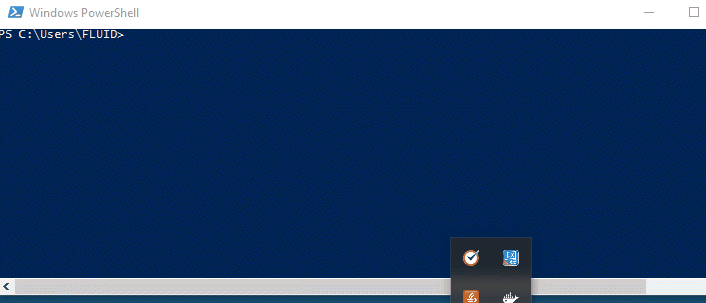Code
-
BC01: We must write source code in English, including comments.
-
BC02: We must indent with two spaces instead of one tab, except when the language used requires otherwise.
-
BC03: We must use braces following the Stroustrup style (no one-liners; see an example).
-
BC04: We must not write source code lines longer than 80 characters.
-
BC05: We must not leave lines of code with debug comments.
-
BC06: We must separate each function definition with an empty line unless the linter or language requires otherwise.
-
BC07: We must enumerate the embedded code snippets. (To do so, we add the linenums parameter to the source block.)
-
BC08: We must not have embedded code snippets with more than eight lines.
-
BC09: We must not repeat a snippet already used in the guide.
-
BC10: The code snippets must be ours.
-
BC11: We must add the lines of code to the blog post using a code block, not images. Example:
function cool(x) {
/*Use brief comments in English only when necessary.
We must explain our code in the document.*/
int y;
y = x + 1;
return y;
//And don't forget this: no more than eight lines.
}
Explanations
-
BE01: We should include short gifs showing results to support the explanations of the procedures (e.g., exploitations) under consideration.
-
BE02: We must add a description that is less than 80 characters in length for each gif. Example:

Figure x. Example of a description of a gif with exploitation results.
-
BE03: We must not give technical explanations that are irrelevant to cybersecurity (e.g., introducing a programming language without mentioning how to use it securely).